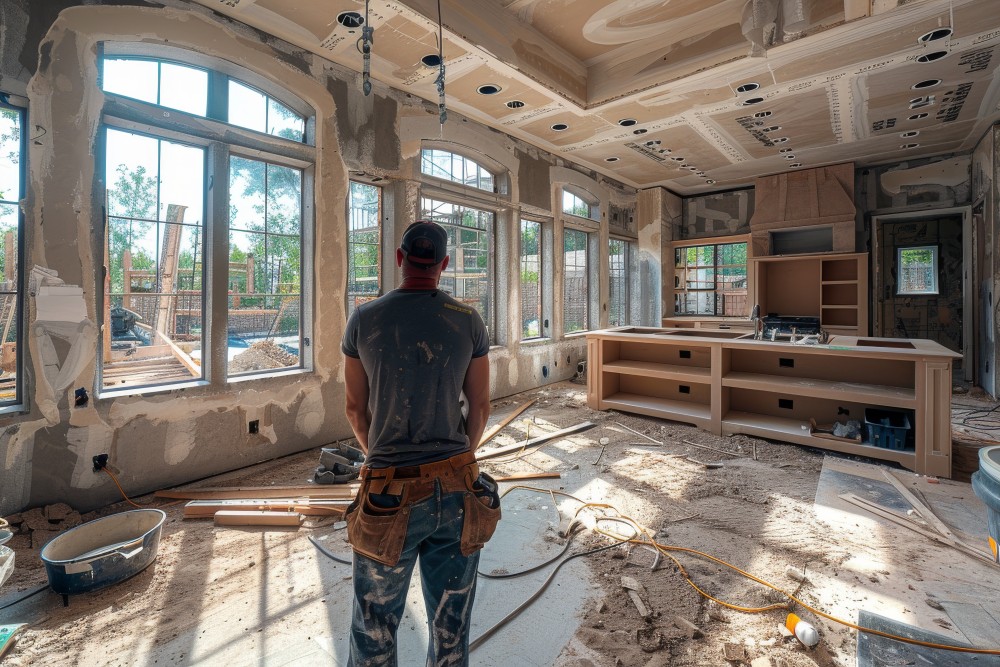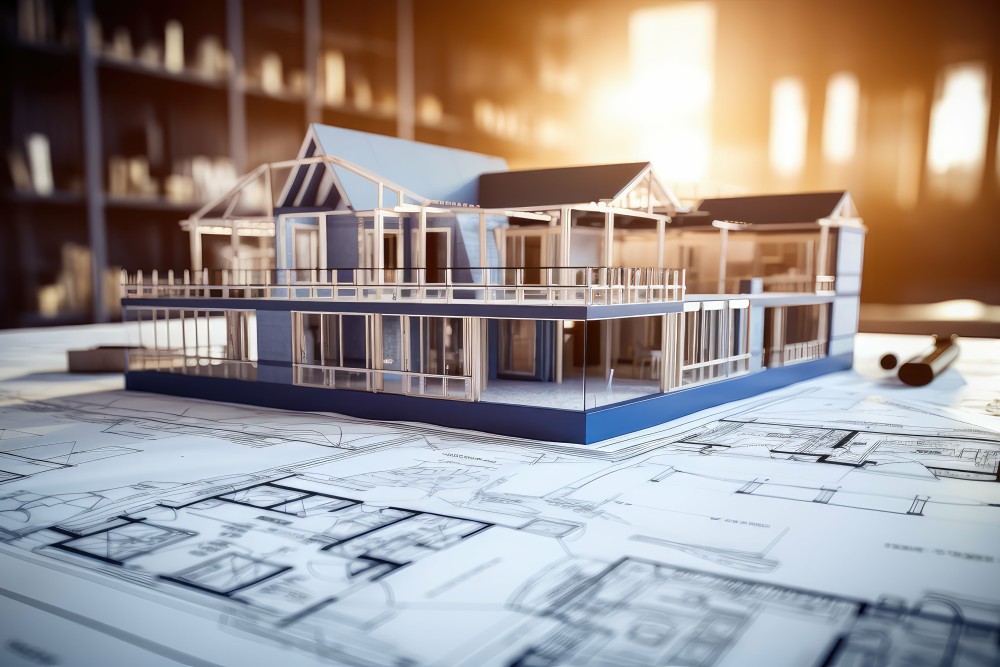Step 1: Define Your Project Scope
Identify Your Needs and Wants
- Priority List: Start by listing the essential aspects of your renovation. These are the non-negotiable items that must be included in the project.
- Wish List: Include additional features or upgrades you would like but are not essential. This will help you prioritize spending.
Set Clear Objectives
- Purpose: Understand why you are renovating. Is it to improve functionality, increase home value, or update aesthetics?
- Goals: Define specific goals, such as adding more space, improving energy efficiency, or modernizing the design.
Step 2: Research and Gather Cost Estimates
Obtain Multiple Quotes
- Contractor Bids: Get at least three quotes from reputable contractors. Ensure they provide detailed breakdowns of costs.
- Material Costs: Research the cost of materials and fixtures you plan to use. Prices can vary widely, so aim for a realistic estimate.
Consider All Expenses
- Labor Costs: Include costs for hiring professionals such as contractors, electricians, plumbers, and painters.
- Materials and Supplies: Account for all materials, including flooring, tiles, countertops, cabinetry, and paint.
- Permits and Inspections: Budget for necessary permits and inspections to comply with local building codes.
Join HICP Homeowner’s Alliance
Connect with experts, get special discounts and enjoy member benefits
Step 3: Create a Detailed Budget
Break Down Costs by Category
- Labor: Include all costs associated with hiring professionals.
- Materials: List each material needed and its cost.
- Permits and Fees: Include the cost of permits, inspections, and any other fees.
- Contingency Fund: Set aside 10-20% of the total budget for unexpected expenses.
Use Budgeting Tools
- Spreadsheets: Create a detailed spreadsheet to track expenses and ensure all costs are accounted for.
- Budgeting Software: Consider using home renovation budgeting software or apps for better tracking and organization.
Step 4: Plan for Contingencies
Unexpected Costs
- Buffer Fund: Allocate a contingency fund to cover unexpected costs, such as hidden structural issues, unforeseen delays, or changes in material prices.
- Flexibility: Be prepared to adjust your budget if necessary. Prioritize essential items and be willing to compromise on less critical features.
Avoid Scope Creep
- Stick to the Plan: Avoid making significant changes to the project scope once the renovation has begun. Stick to your original plan to prevent budget overruns.
- Monitor Progress: Regularly review progress and expenses to ensure the project stays on track.
Step 5: Monitor and Adjust the Budget
Track Expenses
- Regular Updates: Keep your budget updated with actual costs as the project progresses. Compare estimates to actual expenses to identify any discrepancies.
- Receipts and Invoices: Save all receipts and invoices to verify expenses and ensure accuracy.
Adjust as Needed
- Reallocate Funds: If you find that certain areas are under budget, consider reallocating those funds to other areas that may need it.
- Cut Costs: If the project is over budget, identify non-essential items that can be scaled back or eliminated.
Tips for Staying Within Budget
Prioritize Quality Over Quantity
- Invest Wisely: Focus on quality materials and workmanship for critical areas of the renovation. This can prevent costly repairs in the future.
- Smart Shopping: Look for sales, discounts, and clearance items to save money on materials without compromising quality.
DIY Where Possible
- Sweat Equity: Consider doing some of the work yourself, such as painting or landscaping, to save on labor costs.
- Skill Assessment: Only take on tasks that you are confident you can complete safely and effectively.
Plan for Seasonal Fluctuations
- Off-Season Discounts: Some contractors and suppliers offer discounts during off-peak seasons. Plan your renovation accordingly to take advantage of these savings.
Creating a realistic home renovation budget is a crucial step in ensuring the success of your project. By defining your project scope, researching and gathering cost estimates, creating a detailed budget, planning for contingencies, and monitoring expenses, you can stay within your financial limits and avoid unexpected surprises. Prioritize quality, consider DIY options where appropriate, and take advantage of seasonal discounts to maximize your budget. With careful planning and diligent tracking, you can achieve your renovation goals while maintaining financial stability. Happy renovating!



















